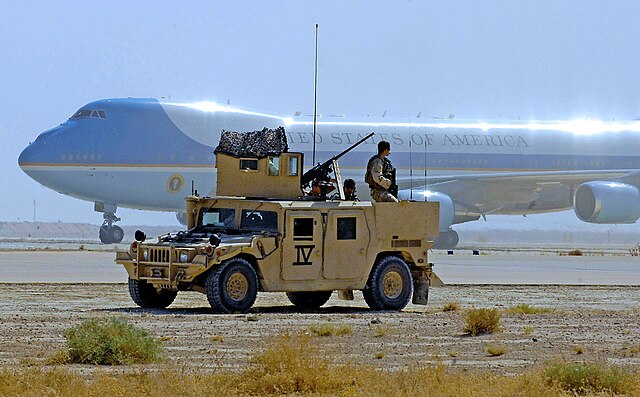
An overarching tenet for decades in the American national security planning environment was the ability for the U.S. military to simultaneously conduct two-and-a-half major regional conflicts (MRCs).
Translated, this meant that the United States had the military size to generate and project military force for a major conflict in the European area, a major conflict in the Asian area, and a smaller “brushfire” conflict somewhere else. Going back 30 years, the 1993 “Bottom Up Review” was the seminal Department of Defense planning document that defined the beginning of the pivot away from this classic Cold War viewpoint to a new, post-Soviet era one.
The two-and-a-half MRC advocacy began to erode by the late 1990s with strong arguments that the Department of Defense budget was unsustainable in the face of requirements to re-capitalize Cold War era systems...
To read more visit ColRetJohn Substack.
























